Top Things to Know Before Buying Indoor Plants for Your Living Room

Top Things to Know Before Buying Indoor Plants for Your Living Room: Lighting, Low-Light Tolerance, Drainage, Watering Needs, Temperature and Humidity, Space, and Pet/Child Safety
Bringing nature indoors can transform your living room into a tranquil oasis, but choosing the right plants is crucial for their well-being and your enjoyment. Before you head to the nursery, consider these essential factors:
Consider the lighting conditions in your living room.
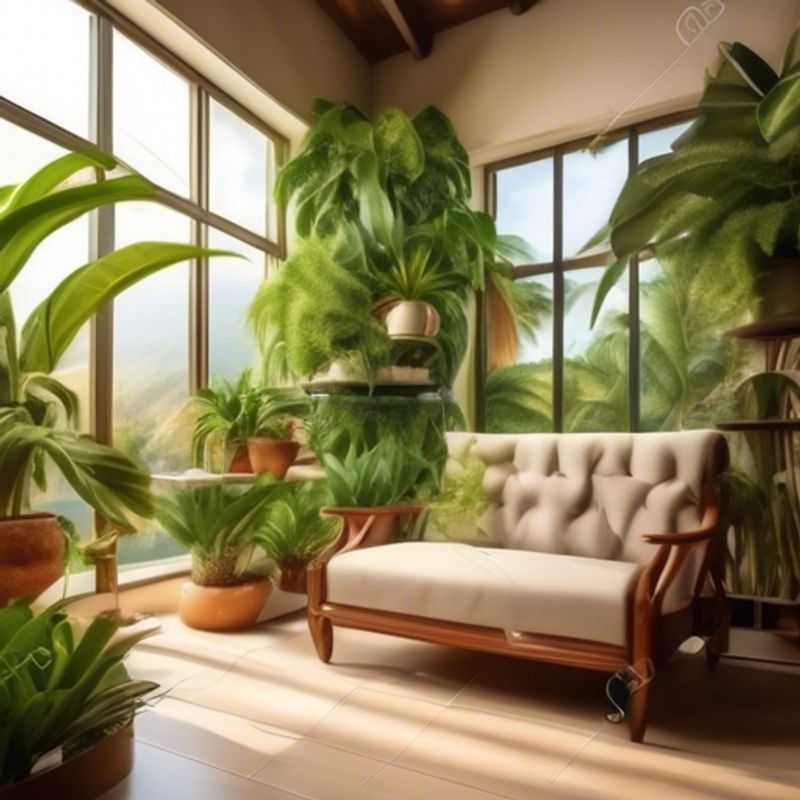
Lighting Up Your Living Room: A Practical Guide to Choosing the Right Illumination
Lighting is essential in your living room, influencing mood, functionality, and energy efficiency. Consider natural light first. Maximize it by using light-colored walls and curtains, and keep windows clean.
For artificial lighting, choose energy-efficient bulbs like LEDs. They last longer, use less energy, and provide a good spectrum of light. Layer your lighting with ceiling lights for overall illumination, task lighting for specific activities, and accent lighting to highlight features.
Dimmers allow you to adjust brightness for different activities and times of day. Smart bulbs can further enhance your experience with features like color-changing and voice control.
Placement is crucial. Avoid glare by positioning lamps strategically and use directional light sources for reading or working. Consider the size and shape of your room when selecting fixtures to ensure adequate and balanced illumination.
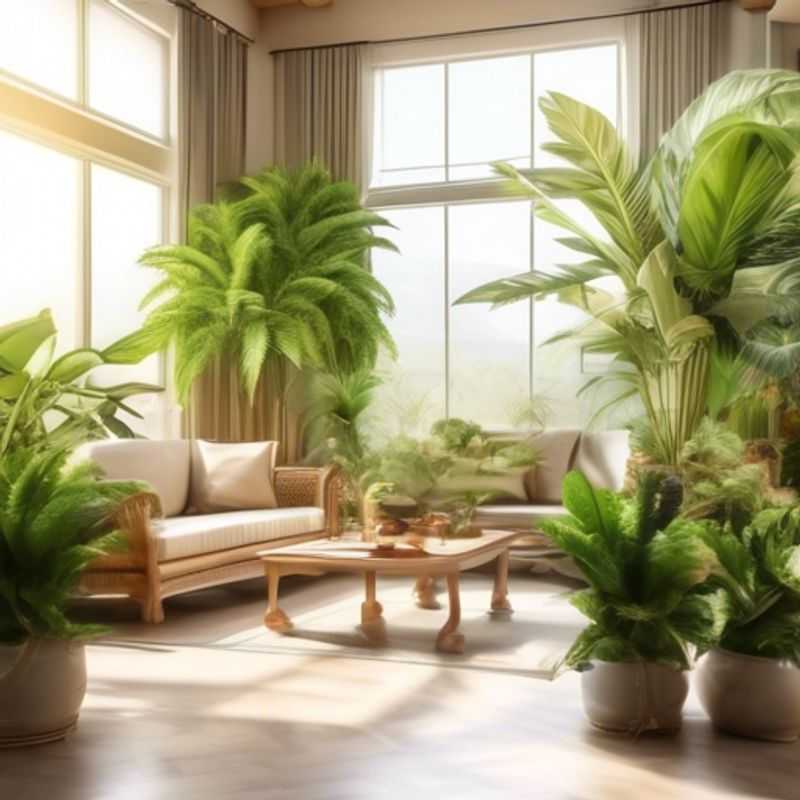
Bringing Life to Low-Light Spaces: Choosing the Right Indoor Plants
Choosing the right plants for low-light environments is crucial for success. Here are some tips to help you select the perfect greenery for your space:
Identify the Light Levels: Start by understanding the amount of light your space receives. Even a "low-light" area might get some indirect sunlight. Determine if the area receives only artificial light, or if it gets some natural light, but not direct sunlight. This will help you narrow down suitable plant options.
Consider Tolerances: Not all plants are created equal. Some plants thrive in low-light conditions while others will struggle. Popular options include:
Low-Light Tolerant: Snake plants (Sansevieria), Cast iron plants (Aspidistra elatior), ZZ plants (Zamioculcas zamiifolia), Peace lilies (Spathiphyllum), and Pothos (Epipremnum aureum).
Moderate Light Tolerant: Chinese Evergreen (Aglaonema), Spider plants (Chlorophytum comosum), Philodendrons, and Peace lilies.
Care Considerations: While these plants tolerate low light, proper care remains vital. Ensure your plants have well-draining soil, avoid overwatering, and fertilize sparingly. Be mindful of pests and diseases.
Choose the Right Plants: Take into account your specific preferences and the size of your space. If you're looking for a large statement piece, consider a snake plant. For trailing greenery, pothos is a great option. If you're unsure, consult a local plant expert or gardening guide for more information.
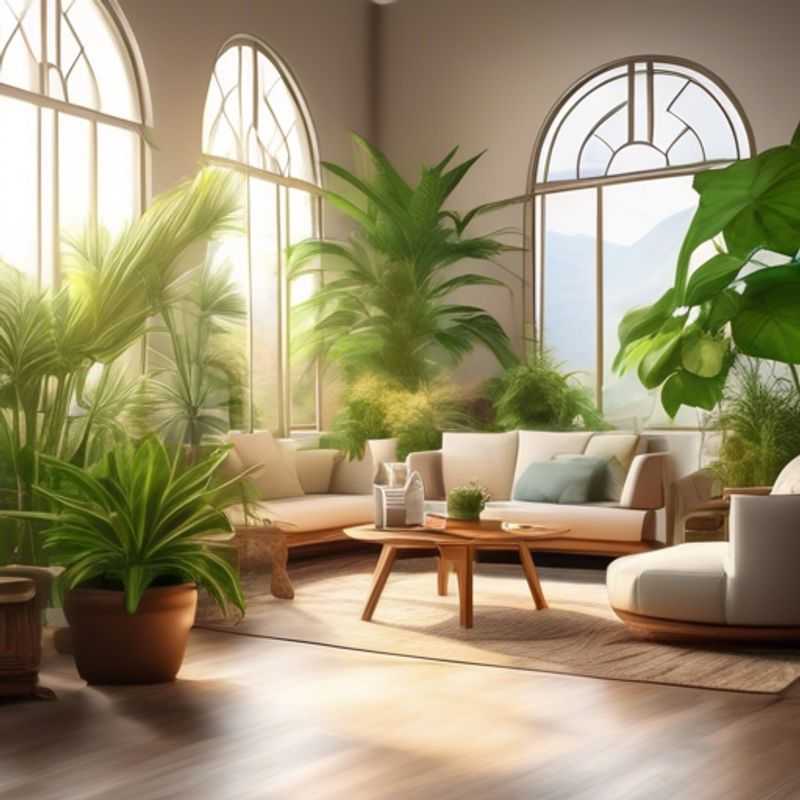
Prevent Root Rot: Ensuring Proper Drainage for Your Plants
Proper drainage is crucial for plant health. If your plants are sitting in waterlogged soil, their roots can't breathe and will eventually rot. This can lead to wilting, yellowing leaves, and even death.
To ensure good drainage, you need to choose the right potting mix. Look for mixes that are specifically designed for drainage and that contain ingredients like perlite or vermiculite. You should also make sure your pots have drainage holes. If they don't, drill some in.
When watering your plants, water them thoroughly but don't let them sit in water. Allow excess water to drain out, and don't water again until the soil is dry to the touch.You can also test the moisture level of the soil by sticking your finger into it. If it feels dry, it's time to water.
If you are unsure about the drainage needs of a particular plant, consult a gardening guide or a plant expert.
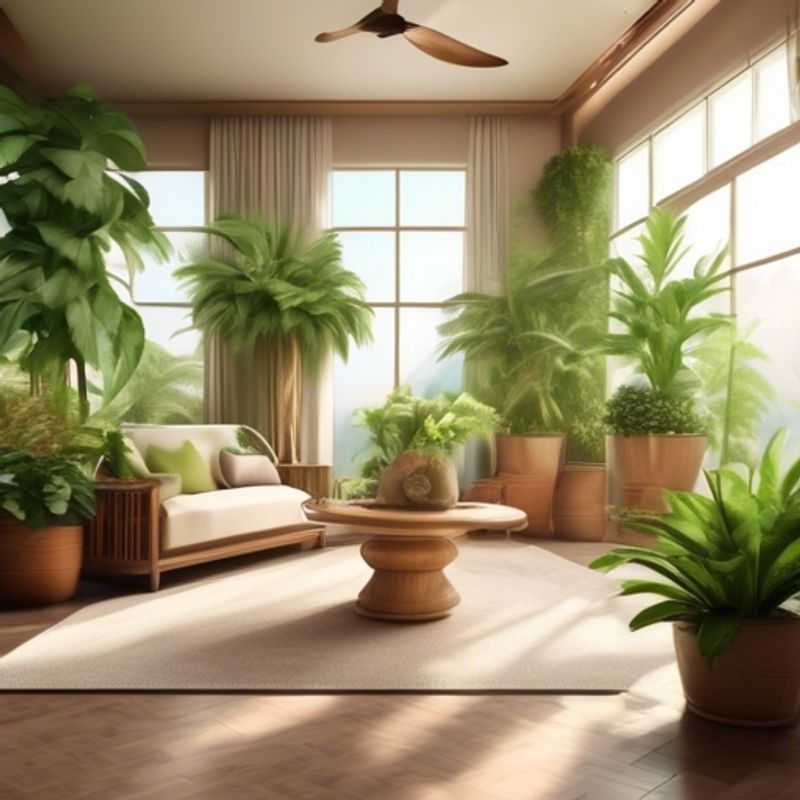
Unlocking Hydration Secrets: Researching Watering Needs for Indoor Plants
Understanding the watering needs of your indoor plants is crucial for their health and longevity. Different species have varying water requirements, and over-watering or under-watering can lead to problems like root rot or wilting. Here's a quick guide to research watering needs:
1. Identify your plant species: The first step is accurately identifying the plant. Knowing its scientific name will help you find specific information online or in gardening resources.
2. Research online: Numerous online resources provide information on plant care, including watering frequency. Look for websites like the Royal Horticultural Society (RHS), Missouri Botanical Garden, or reputable plant blogs.
3. Consider the environment: Factors like temperature, humidity, and light levels influence how quickly the soil dries out. Plants in warm, dry environments need more frequent watering than those in cool, humid conditions.
4. Check the soil moisture: Stick your finger about an inch into the soil. If it feels dry, the plant needs watering. If it's still moist, wait a few days.
5. Use a moisture meter: Moisture meters are available online or at gardening stores. They provide a more accurate indication of soil moisture levels.
6. Learn from experience: Observe your plants over time and adjust your watering schedule based on their response. Overwatering is usually worse than under-watering, so it's best to err on the side of caution.
By following these steps, you can research and understand the specific watering needs of your indoor plants and ensure their healthy growth and vibrant appearance.
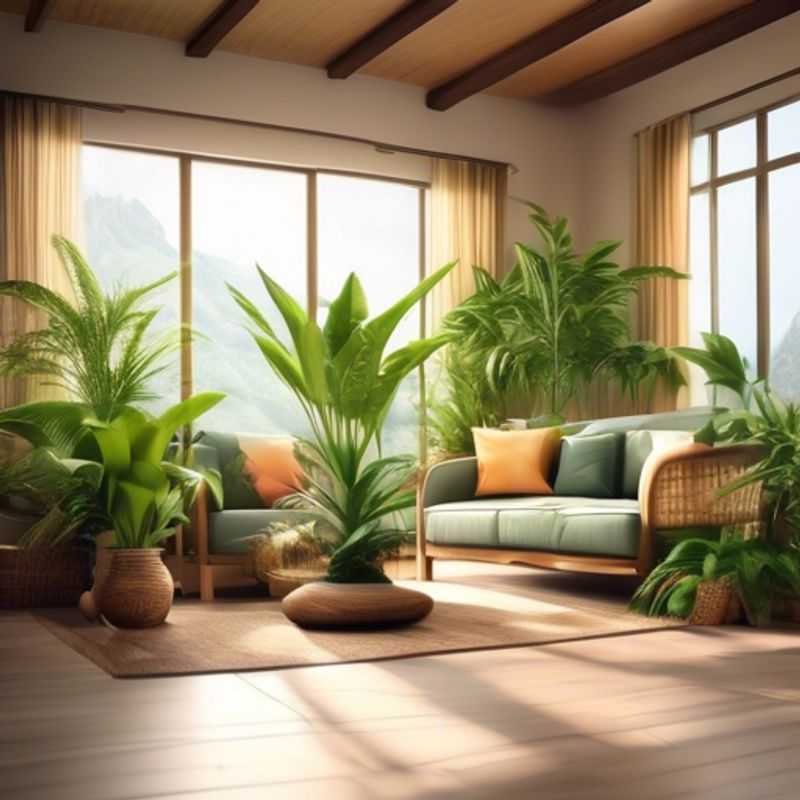
Optimizing Your Environment: Understanding Ideal Temperature and Humidity
Understanding the ideal temperature and humidity requirements is crucial for various applications, including agriculture, HVAC systems, and indoor environments. Generally, the optimal temperature ranges between 20°C to 24°C (68°F to 75°F) for comfortable living conditions. For plants, the requirements can vary significantly; for example, tropical plants thrive at temperatures around 25°C to 30°C (77°F to 86°F).
Humidity levels also play a vital role. The ideal relative humidity for indoor spaces is typically between 30% and 50%. Higher humidity can lead to mold growth and discomfort, while lower levels can cause dry skin and respiratory issues. In agricultural settings, specific crops may require humidity levels close to 60% to 80% for optimal growth.
When planning for temperature and humidity control, consider the costs associated with heating, cooling, and humidification systems. Regular maintenance of these systems is essential and may incur additional expenses. Furthermore, investing in thermostats and hygrometers can help monitor and adjust conditions effectively, leading to long-term savings and improved comfort.
For those seeking detailed guidance, further research online can provide specific information tailored to particular needs or environments.
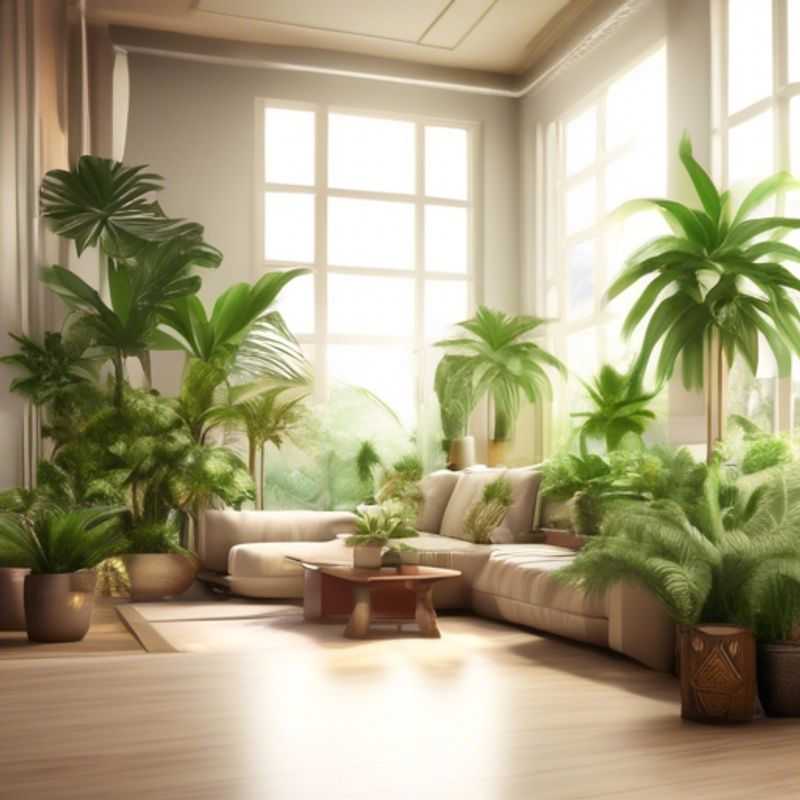
Give Your Plants Room to Grow: A Guide to Proper Spacing
Giving your plants adequate space for growth is crucial for their health and vitality. Crowding can lead to competition for resources, hindering their ability to thrive. When plants are too close together, they can struggle to access sunlight, nutrients, and water, resulting in stunted growth, weakened stems, and increased susceptibility to diseases.
Consider the plant's mature size when determining spacing. Research the specific species and variety you're growing to understand its mature height and spread. Allow for ample room for the plant to fully develop its root system and canopy.
Proper spacing allows for better air circulation, reducing the risk of fungal diseases. Good air flow helps to prevent moisture buildup and promotes healthy growth. Additionally, sufficient space between plants simplifies maintenance tasks such as watering, weeding, and pest control. You can also enjoy the beauty of your plants more easily when they are not crowded together.
When planting multiple plants, consider using a grid or staggered arrangement. This maximizes space utilization and ensures that all plants receive adequate sunlight. Invest in high-quality potting mix or soil to provide the necessary nutrients and drainage.
Investing in quality potting soil and using a grid or staggered arrangement for planting can be considered paid activities when estimating a plan for providing your plants with adequate space for growth.
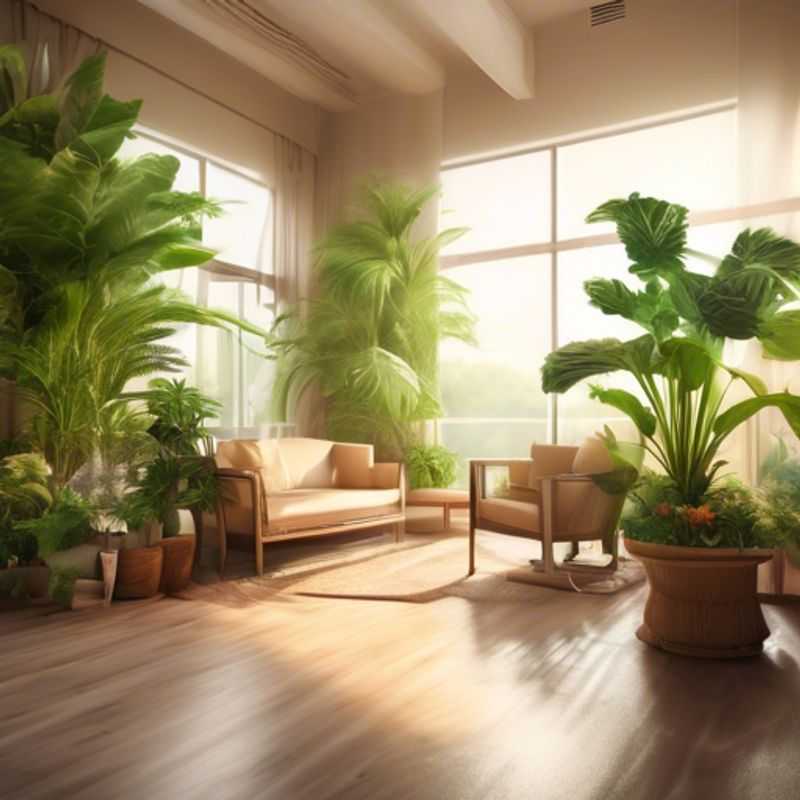
Choosing Safe Indoor Plants: Keeping Pets and Kids in Mind
When choosing indoor plants, consider the safety of pets and children. Some plants are toxic if ingested, potentially causing mild to severe symptoms. Research the plant species thoroughly before bringing it into your home, especially if you have pets or young children.
Commonly toxic plants include lilies, philodendrons, peace lilies, dieffenbachia, and pothos. These plants can cause vomiting, diarrhea, and even organ damage if ingested.
Choose pet-friendly plants like spider plants, African violets, and Boston ferns. These are generally considered safe for pets and children. However, even these plants can cause mild stomach upset if eaten in large quantities.
Place plants out of reach of pets and children. Consider using hanging baskets, high shelves, or plant stands. Supervise children and pets around plants, especially when they are first introduced.
Remember, this information is a general guide. Always consult with a veterinarian or poison control center if you suspect your pet or child has ingested a toxic plant.
